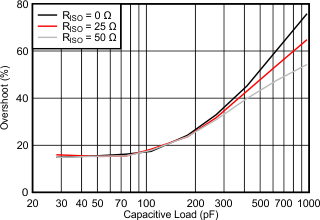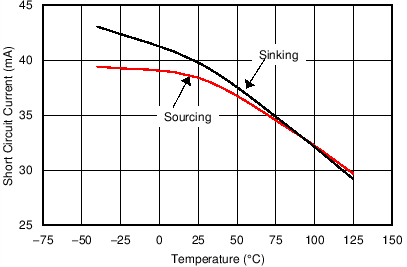SBOS826D December 2017 – October 2019 OPA207
PRODUCTION DATA.
- 1 Features
- 2 Applications
- 3 Description
- 4 Revision History
- 5 Pin Configuration and Functions
- 6 Specifications
- 7 Detailed Description
- 8 Application and Implementation
- 9 Power Supply Recommendations
- 10Layout
- 11Device and Documentation Support
- 12Mechanical, Packaging, and Orderable Information
Package Options
Mechanical Data (Package|Pins)
Thermal pad, mechanical data (Package|Pins)
Orderable Information
6.6 Typical Characteristics
at TA = 25°C, VS = ±15 V, and RL = 2 kΩ (unless otherwise noted)






| G = +1 V/V | ||

| G = +1 V/V | ||

| G = –1 V/V | ||


| VOUT = 3 VRMS |













| VOUT = 3 VRMS | ||

| G = –1 V/V |

| G = +1 V/V | ||

| G = –1 V/V | ||


| VOUT = 3 VRMS |





